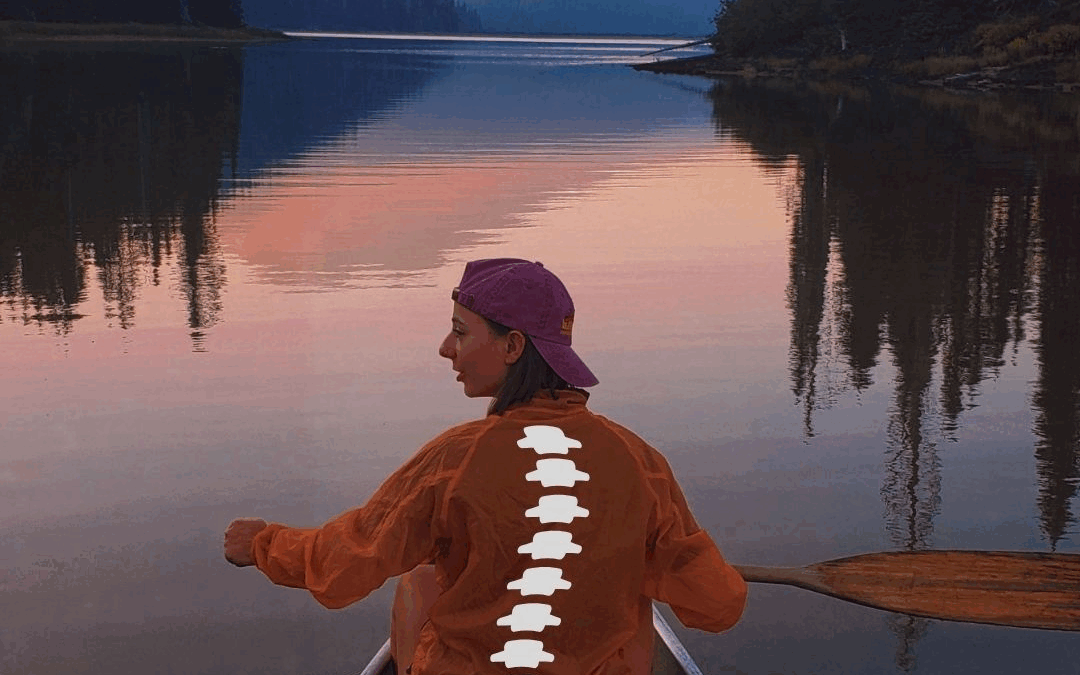Written by: Sarah Ermer, MPH, CHES
Despite having lived with scoliosis for my entire adolescent and adult life, I only learned that June is scoliosis awareness month about six weeks ago. For something that has had such an undeniable impact on my life, I have spent years trying to do just that—deny its impact on my life. Only recently has the chronic pain become harder to ignore, and I’ve started taking my spinal health more seriously. Like many people, I tend to put off my health concerns when they feel overwhelming. I hope that by sharing my experience and some general knowledge we can all be a little more informed and ready to take active steps towards keeping our bodies healthy.
Scoliosis, which affects about 2-3% of the population, is a malformation of the spine, specifically one that causes a sideways curvature. Most cases of scoliosis don’t have a known cause, so unfortunately, that limits our ability to prevent it from occurring in the first place. It generally appears in adolescence, between age 10 and the early teens, and, since most of the curvature forms during this adolescent time, catching it early can make a world of difference minimizing the progression.
The shape and severity will make everyone’s experience different, but there are a few signs that many people with scoliosis share:
- Change in posture
- Uneven shoulders
- Uneven hips
- Uneven rib cage (one side pushing out further than the other)
- One side of the back appearing higher when bending forward
If you or someone you know notices these signs in your child, they should be seen by a doctor so that they can be x-rayed and evaluated over time. Most cases won’t require any treatment, but more severe cases can require bracing or surgery to prevent the curve from impeding lung function, hence making screening all the more important.
Despite my curvature being caught at a relatively young age, I never experienced any kind of medical intervention. At the time, I was told we would, “keep an eye on it.” In hindsight, I wish that I was taught how to take a more active role in managing the discomfort and what, exactly, I was to be keeping an eye on. I started experiencing semi-regular pain in high school, though it wasn’t until the last year or so that the pain started to interfere with my daily life. That’s what prompted me to learn both the facts that I wish I had known when I was first diagnosed, and what my steps forward are from here.
If there’s one message I hope to share, it’s this: scoliosis doesn’t always look dramatic or feel urgent, especially at first. The same could be said for countless health conditions. But that doesn’t mean it should be ignored (even if, like me, your inclination is to do just that). Facing the overwhelm, tending to the small things before they have time to grow, is a lifelong skill for health.
Awareness is key, including early screenings for kids, better understanding for parents, and checking in with your own body and noticing when something feels off. Scoliosis Awareness Month is a great opportunity to talk about the ways our spines, and chronic pain in general, can impact our quality of life. It’s also a reminder that tuning in to our bodies, asking questions, and seeking support is a vital part of wellness.

